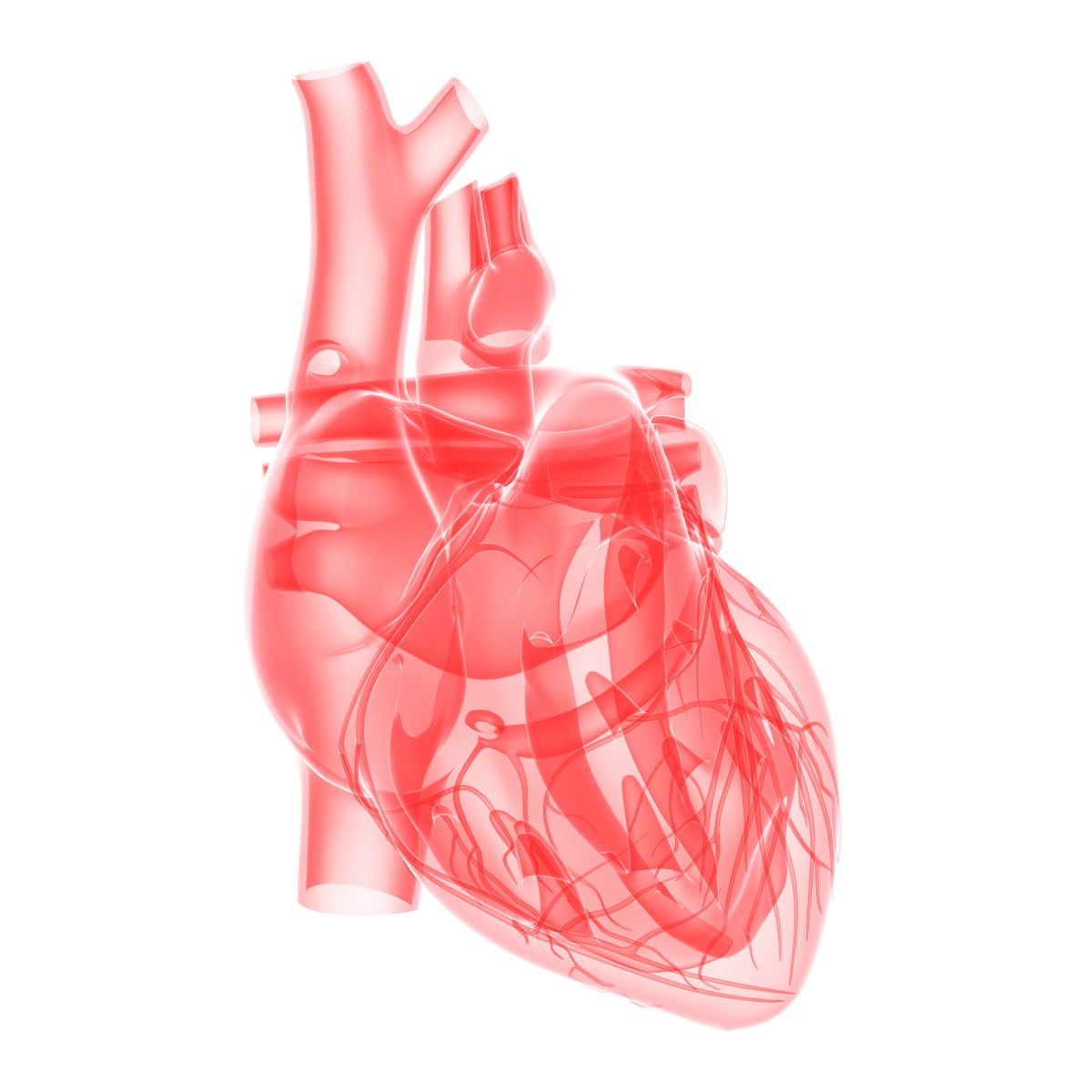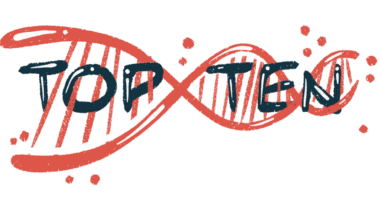Heart Tissue Regeneration Study in Zebrafish Looks to Trigger Muscle Repair in People

Researchers at MDI Biological Laboratory in Maine have discovered new mechanisms in heart tissue regeneration. The findings, published in the journal Development, might lead the way to drugs that help the body build new muscle cells, a crucial step toward the treatment of muscular dystrophies.
Assistant Professor Voot P. Yin, who led the research, used zebrafish to study heart tissue regeneration. Zebrafish have a unique ability to regenerate almost any body part, irrespective of age — a sharp contrast to the limited regenerative capacity of the adult mammalian cardiovascular system.
“Although zebrafish look quite different from humans, they share an astonishing 70 percent of their genetic material with humans, including genes important for the formation of new heart muscle,” Dr. Yin said in a press release. “These genes are conserved in humans and other mammals, but their activity is regulated differently after an injury like a heart attack.”
The research is a continuation of previous work by the group, which discovered an experimental drug, ZF143, that could speed up tissue repair in both heart and skeletal muscle. The drug is being developed by Novo Biosciences, a for-profit branch of MDI working toward the clinical development of drug candidates for tissue regeneration and healing.
“Our goal is to move scientific discovery from the laboratory into the clinic through our for-profit spinoff, Novo Biosciences, as well as other commercial ventures,” said Kevin Strange, laboratory president and co-founder with Yin of Novo Biosciences. “It is our hope that Dr. Yin’s research will lead to additional potential therapeutic agents like ZF143 to reactivate mechanisms for the repair and regeneration of damaged heart muscle tissue in humans.”
Researchers showed that a specific microRNA called miR-101a stimulates heart tissue regeneration while also removing scar tissue. This is a crucial feature, since scar tissue is detrimental for heart function and prevents cell regeneration.
“The concept of organ regeneration fascinates the public, which tends to view it as science fiction,” Dr. Yin said in the release. “But the zebrafish heart robustly regenerates missing or damaged tissue in as little as 30 to 60 days. Humans share the same genetic material: the same genetic program resides in each of our cells. Our goal is to understand how zebrafish do this so we can unleash our own repair mechanisms through the reawakening of our dormant genetic codes.”






